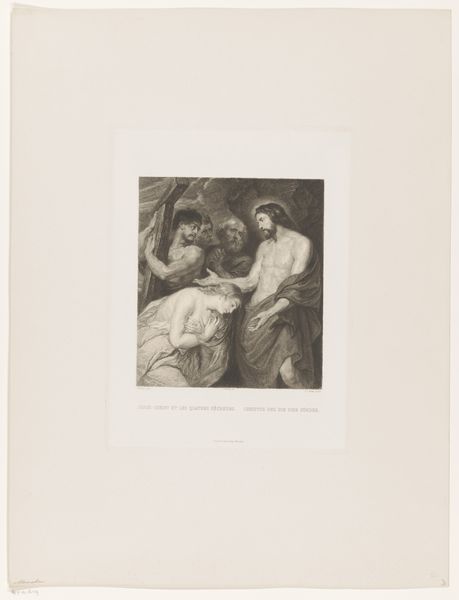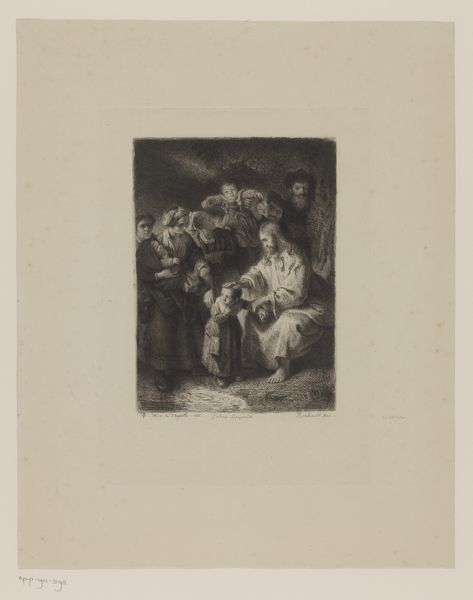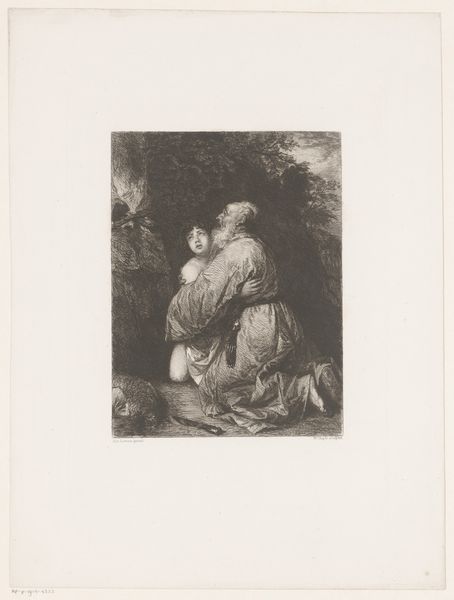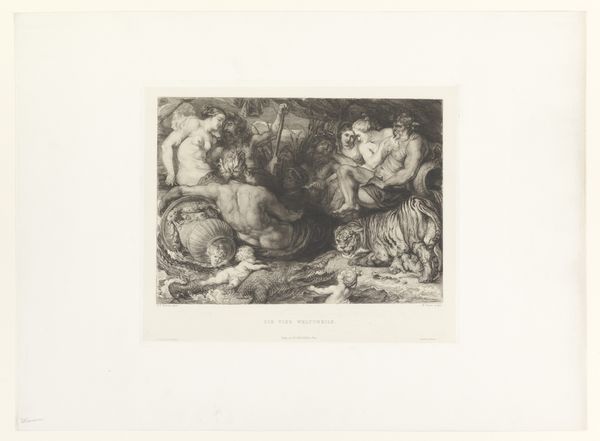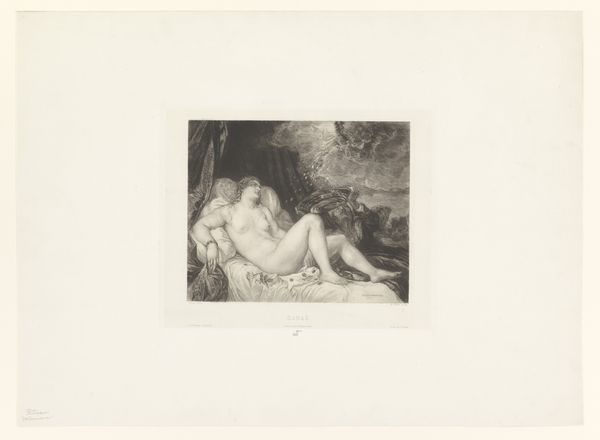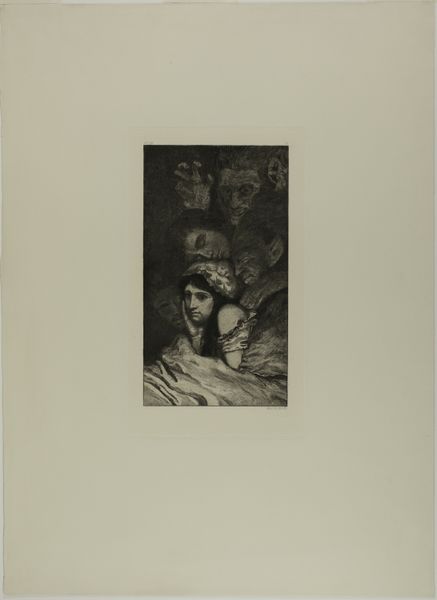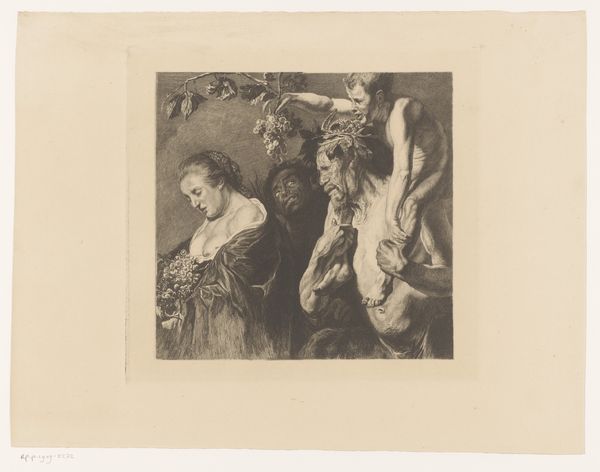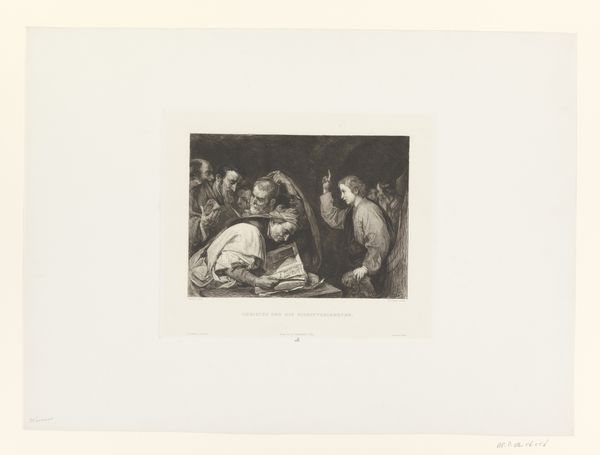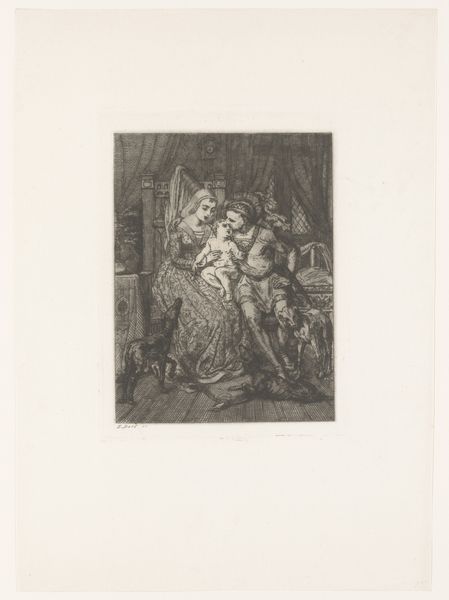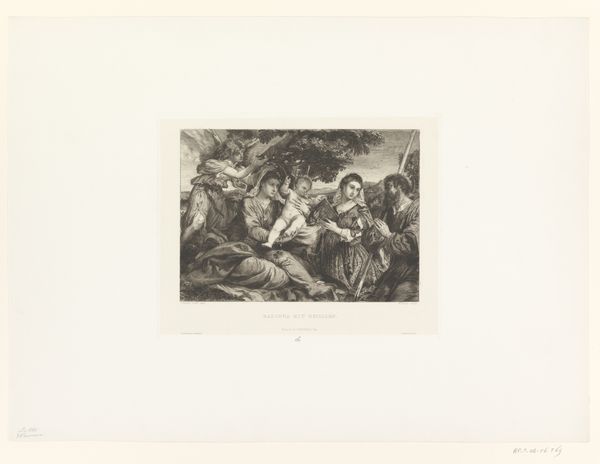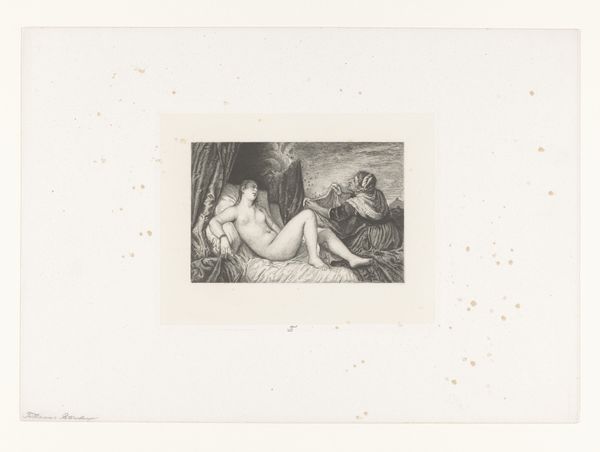
print, etching, engraving
#
narrative-art
# print
#
etching
#
figuration
#
history-painting
#
academic-art
#
engraving
#
monochrome
Dimensions: height 263 mm, width 275 mm
Copyright: Rijks Museum: Open Domain
This is William Unger's Piëta, a print housed here at the Rijksmuseum. Piëta, meaning pity, is a common subject in Christian art, and the image depicts the Virgin Mary cradling the dead body of Jesus. Unger was Dutch, and lived from 1837 to 1932, a time when many artists turned to religious imagery in the face of social upheaval. Across Europe, industrialization, urbanization, and political revolutions led to uncertainty and a sense of loss of traditional values. Religious art provided solace and a sense of continuity with the past. Unger's print is part of a larger cultural phenomenon: the revival of religious art in the 19th century, a conservative turn in response to the radical changes brought about by modernity. The social conditions that shape artistic production are always complex. To fully understand Unger's Piëta, we can examine the religious, political, and economic forces at play in 19th-century Europe.
Comments
No comments
Be the first to comment and join the conversation on the ultimate creative platform.
